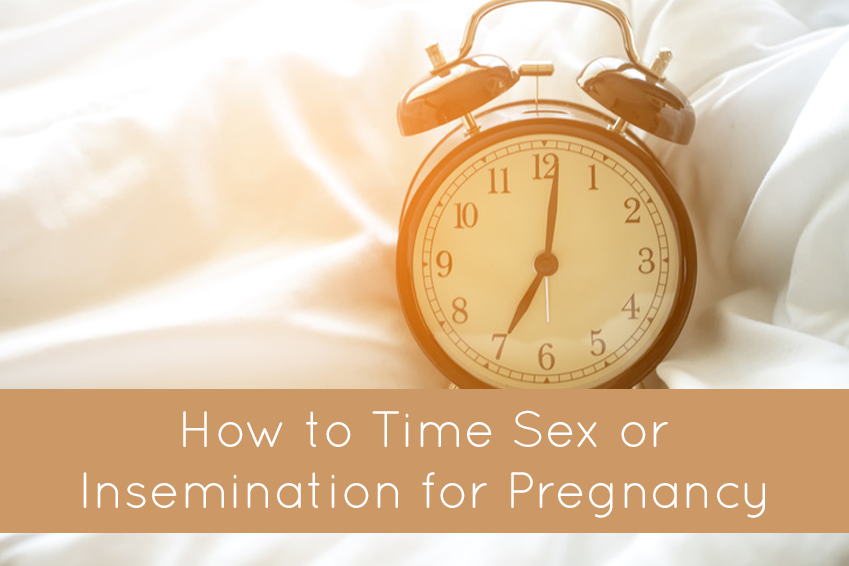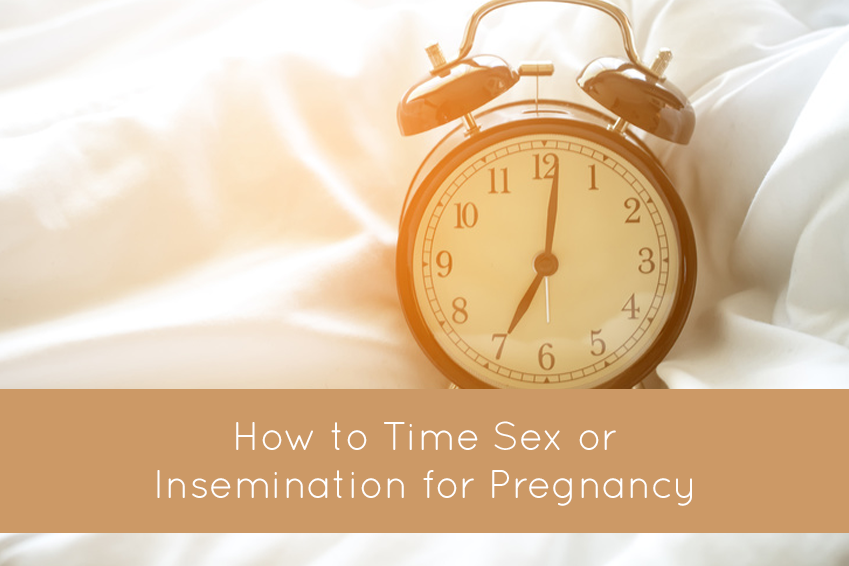How to Time Sex or Insemination for Pregnancy
Ovulation predictor kits and pregnancy apps may be leading you astray. Here are five tips for optimizing conception.
Research exploring women's knowledge of fertility-awareness at a fertility clinic found a startling statistic:
While 68.2% of the participants believed they had been timing intercourse during their fertile window, only 12.7% could accurately identify this window.
This research suggests that many people seeking infertility treatment may simply have a timing issue.
Here are five steps to take to ensure you are timing intercourse or insemination for your best chances of conceiving:
1. Learn to track your cervical mucus.
Cervical mucus is what enables sperm to survive and swim through the uterus to the fallopian tubes, where they will meet the egg. You can learn about the different types of mucus and their fertile meaning from the Justisse User Guide, Conception Strategy Secrets (which includes a digital version of the guide), or from Taking Charge of Your Fertility. Mucus observations should be charted using paper charts or an app designed for fertility awareness (as opposed to fertility prediction).
2. Track your basal body temperature
After ovulation, the ovary produces high levels of progesterone that cause a rise in core body temperature. In the Justisse Method (and most fertility awareness methods) three normal temperatures (meaning not affected by travel, illness, infection, poor sleep or alcohol) higher than the previous six temperatures is considered confirmation of ovulation. This can again be tracked using a good quality fertility awareness app.
3. Time sex or insemination for days of mucus production
In a healthy cycle there should be a series of dry days after menstruation, followed by the build-up of fertile quality cervical mucus. This should last between 3-7 days, with ovulation occurring at the end. While sperm die fairly quickly in the absence of cervical mucus, they can survive in fertile mucus for up to five days. Therefore, time sex or insemination for all days of mucus production.
4. Include intercourse/insemination on the first day of high temperatures
Since an egg is only viable for 12-24 hours, usually the egg has disintegrated by the time the temperature shift is detected. However, there is a small chance the egg is still viable (especially if you have only just noticed the temp shift). It is also possible to release a second egg within 24 hours of ovulation and thus you may be able to catch this egg within its available time for conception.
5. If sperm count and quality is low, try to time intercourse or insemination on alternating fertile days or the day of highest quality mucus closest to ovulation.
This can be a bit of a guessing game, but in the case of low sperm quantity and/or quality, it is best to reserve semen or ejaculation until the days with the highest probability of conception. In order to allow time for sperm to regenerate as much as possible, choose alternating days of mucus for intercourse or insemination, or hold off until you think you are on your last day of fertile mucus. If you track your cycles in detail you may notice secondary signs of fertility that are unique to you that provide additional information about how close you are to ovulation. For example, there may be changes in libido, energy, mood, or breast tenderness.
Bonus
Tracking your cervical changes can provide additional information about fertility. The cervix changes position and texture over the course of the menstrual cycle and is influenced by ovulatory hormones. If your mucus and/or temperature are not creating a clear picture, adding cervical checks may be useful. Describing the details of cervical changes is beyond the scope of this blog post, but details can be found in the reference sources listed in point number one, and will likely be the topic of a future post.
Want to learn more? Need support? Check out our free resource guide below.
Kim & Amy Sedgwick love to discuss sex, periods, and all the other things we’re not supposed to talk about. The co-founders of Red Tent Sisters, they’ve been featured in every major Canadian news outlet and have become a trusted resource for people seeking natural (effective!) birth control, a more joyful sex life, and an empowered journey to motherhood.












Infertility rates attributed to age alone may in fact have more to do with pre-existing reproductive health conditions (conditions that can be addressed with the right support).